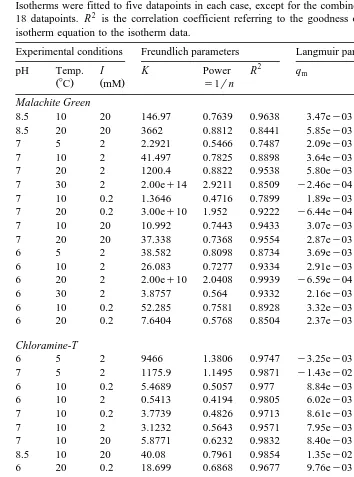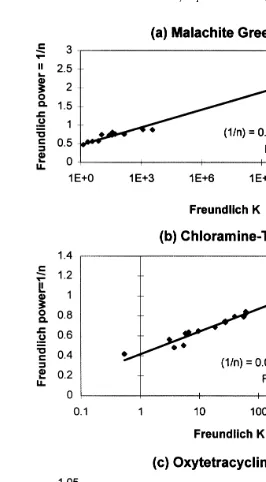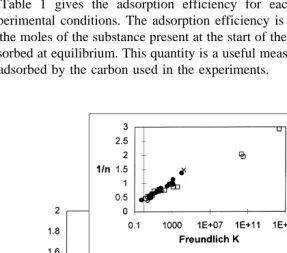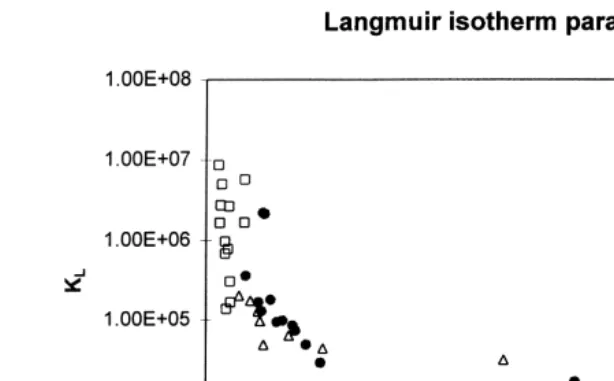Directory UMM :Data Elmu:jurnal:A:Aquaculture:Vol183.Issue3-4.Mar2000:
Teks penuh
Gambar




Dokumen terkait
2.3. franciscana EG-grade, INVE Aquaculture NV, Belgium cysts were decapsulated, incubated for 24 h at 28 8 C and 5‰ salinity under strong illumination and aeration, and fed for 3
One of the major obstacles of the increasing usage of ozone in aquaculture is the lack of relevant risk assessment in culture conditions. Before the apparent advantages of ozonation
At each temperature, an increase in ration initially gave an increase in growth, until a point was reached at which higher rations gave either the same growth rate or, at
larvae. Larvae on a high ration 4000 cells ml showed an extreme reduction in postoral arm length and were unable to maintain their position in the water column. Survivorship of
Rainbow trout were used as stock animals in duplicate recirculation systems. OA was detectable within the systems throughout the period of study, with bulk water OA
affect the temporal onset of selection of the novel prey species Artemia by R-treatment larvae. Therefore, the differences in prey selection by larvae, with or without prior exposure
monodon. idella, respectively, by oral route. This virus caused 100% mortality in M. monodon when the animals were injected WSSV intramuscularly. Moribund animals were screened for
Connecticut shoreline was surveyed during a period of 2 years from 1996 to 1997. The survey was conducted in shallow and deep waters. Fifty-four samples involving 1430 oysters

